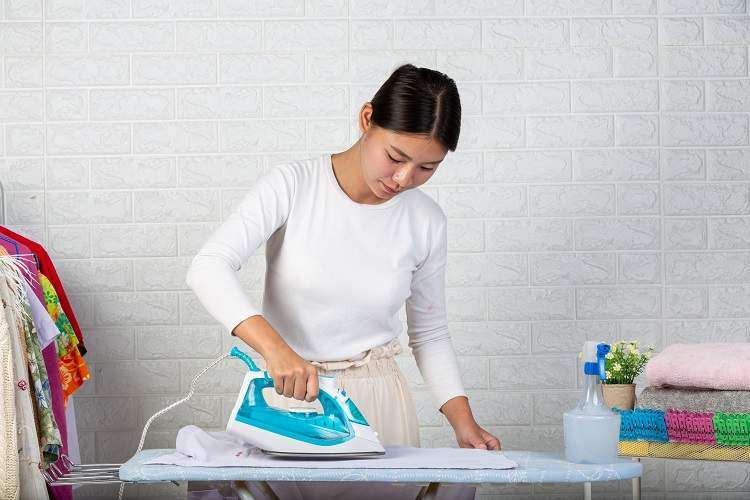
How To Iron Less And Better-Ironing, among the household chores, is the one that requires us the most time and also effort. But, even in this case, there are small tricks to avoid spending hours in the company of an iron and ironing board, with a focus on energy saving. Here’s what they are.
Are you scared of the pile of clothes to be ironed and are you afraid of spending the whole day with the iron? Don’t worry: with a few tips you can save time and energy too. First of all, though, you need to choose an iron that suits your needs. To decide whether you need a classic iron or an iron with a boiler, consider how much you want to spend (classic irons cost an average of 100 euros less), the space available to store it (much more for the one with a boiler) and your habits:
if you iron a lot of laundries a few times a week, as we showed in our test on irons with a boiler, this type is better: it generates more steam and has greater autonomy during ironing (1 liter with 300 ml of a classic iron);
if, on the other hand, you iron a little, we have seen in our test on classic irons that these are the most suitable: they heat up more quickly and are more manageable. Popular Packing Ideas
Laundry: How to Wash and Hang
To iron better, you need to start with the laundry:
washes at low temperatures (30 ° -40 °) so that the garments do not harden with limescale deposits;
do not use the centrifuge at more than 800 rpm
straighten out immediately and well, using hangers for shirts and sweaters, hanging the trousers from the bottom.
Before starting to iron
Here’s what to do:
- Use tap water (if not indicated by the manufacturer, demineralised water is not needed) without using artificial perfumes, useless and potentially harmful;
- While the iron is heating up, divide the laundry according to the material and the indications on the label: each fabric needs a different degree of heat and using the wrong temperature can damage the garment;
- Check that the garment has been well washed and there are no stains or halos, if not, do not iron it because you risk fixing the stains;
- if you prefer to use an ecological starch you can prepare it by putting water and a couple of tablespoons of corn starch (cornstarch) or potato starch in a 500 ml plastic sprayer, shaking well to melt it. At the end of ironing you have to throw it away because it won’t keep;
When You Iron:
After a few preliminary steps, when you iron it is better:
- Proceed when the laundry is still damp: moisture protects the material from burns, prevents the synthetic fibers from melting and the formation of shiny halos (especially on dark garments);
- Do not use circular movements: you risk stretching the fabric;
- Continue on details such as collars and sleeves, only lastly the flat area always following the direction of the fabric;
- Never pass the hot iron over the buttons: the heat could deform the metal or plastic they are made of;
- Remember delicate fabrics, such as wool and velvet must be ironed inside out and if the garments are dry, it is better to put a damp cloth under the iron. The use of a damp cloth is also useful when ironing synthetic fibers, while with silk it would be better to use a sheet of tissue paper;
- Let the laundry cool well before putting it back in the closet: in this way, the residual moisture will also evaporate.
Don’t forget about iron Maintenance:
let the iron cool completely and empty it of water before storing it: deposits can lead to the formation of limescale;
periodically remember to clean the iron to remove limescale: check the instructions for the descaling system and if the iron appears very encrusted, try using white vinegar or a specific descaling product.

